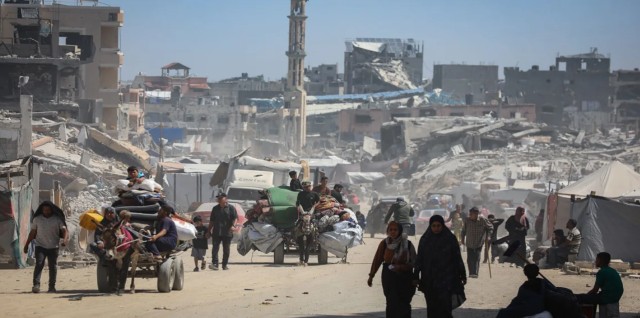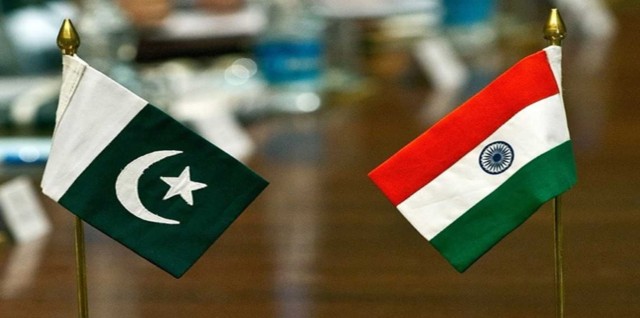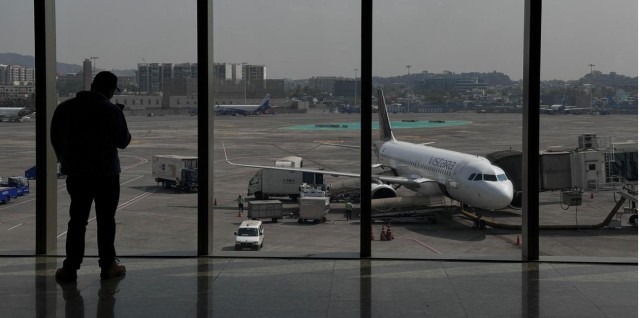
On Sunday, the Shiveluch volcano erupted in Kamchatka, Russia. (Source: Institute of Volcanology and Seismology, Russian Academy of Sciences)
In Russia’s far eastern Kamchatka Peninsula, one of the country’s most active volcanoes has erupted, sending a massive ash cloud five kilometres into the sky. The eruption of the Shiveluch volcano occurred shortly after a powerful 7.0 magnitude earthquake struck off the east coast of Kamchatka early on Sunday morning.
According to experts from the Russian Academy of Sciences, the eruption followed the earthquake, which had shaken the region with considerable force. The Institute of Volcanology and Seismology shared footage of the dramatic ash cloud, which spread over 490 kilometres east and southeast of the volcano. This volcanic activity briefly led to a "code red" warning for aircraft due to the ash cloud, but the Kamchatka Volcanic Eruption Response Team later confirmed that commercial flights had not been affected and there was no reported damage to aviation infrastructure.
In addition to Shiveluch, the Ebeko volcano on the Kuril Islands also erupted, sending ash 2.5 kilometres into the sky. The Institute did not confirm if the earthquake triggered these eruptions but noted the unusual timing of the events.
Russian scientists have expressed concerns that these seismic activities might be a precursor to an even stronger earthquake. They warned that another earthquake with a magnitude nearing 9.0 could strike southeastern Kamchatka within the next 24 hours.
The earthquake, which occurred at a depth of six kilometres beneath the seabed with its epicentre 108 kilometres southeast of the nearest city, did not immediately result in any injuries. However, residents of Petropavlovsk-Kamchatsky, a port city of over 181,000 people, reported experiencing some of the strongest shaking they’ve felt in a long time.
Historically, Kamchatka has seen severe seismic activity, including a significant 9.0 magnitude earthquake on November 4, 1952. Although this quake caused damage and generated 9.1-meter waves in Hawaii, there were no reported deaths.















